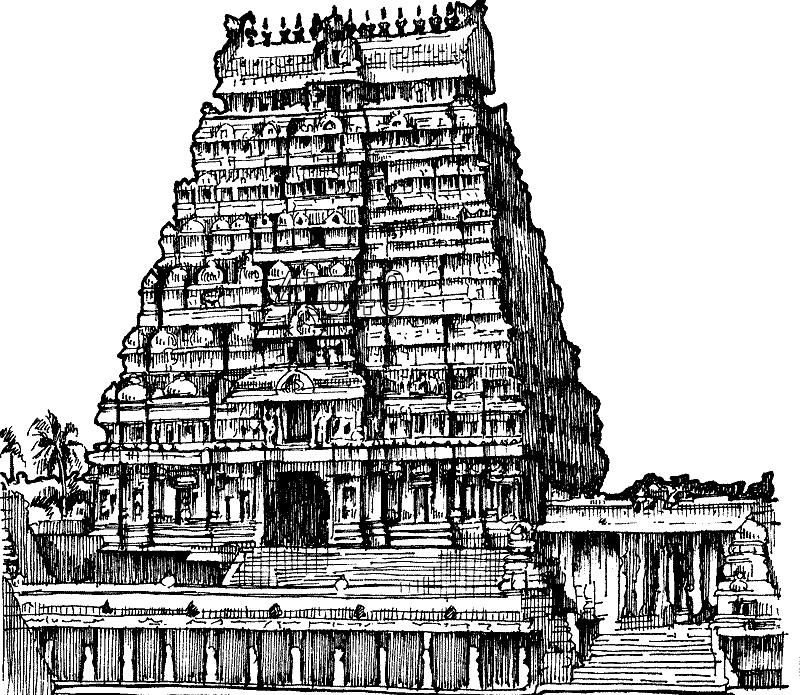LALITHA SAHASRANAMAM # 222
- S Subramaniam
- Aug 10, 2023
- 2 min read
LALITHA SAHASRANAMAM

महाभोगा महैश्वर्या महावीर्या महाबला ।
महाबुद्धिर् महासिद्धिर् महायोगेश्वरेश्वरी ॥ ५५॥
Mahabhoga Mahaishvarya Mahavirya Mahabala Mahabhudir Mahasirdhir Mahayogeshvareshvari – 55
महाबला (222)
Mahabala (222)

Meaning:
Devi represents enormous strength and when worshiped she bestows this quality on her devotees.
Interpretation:
In this Namah the term Maha stands for the greatest or enormous and Bala(m) stands for strength.

It may be noted in the series of these Namahs of Devi that come with the prefix Maha, Vaak Devi-s describe various qualities of Devi which actually are intended to indicate the Brahman form of Devi. The Brahman is explained in two ways. One is by negation, saying this is not Brahman and the other is by affirmation of certain attributes like courage, auspiciousness, intellect, happiness, strength etc. For easy understanding, one such quality is associated with Devi. But in reality, the Brahman is to be realized out of nothingness.

Origin of the term Balam in Sanskrit
The origin of the term balam is not exactly known but the earliest reference is found in the Rig Veda
बलं धेहि तनूषु नो बलमिन्द्रानळुत्सु नः । बलं तोकाय तनयाय जीवसे त्वं हि बलदा असि ॥
O Lord Indra, give strength to our bodies; give strength to our vehicles; give strength to our sons and grandsons so that they may live for a long time. For (Lord Indra) you are the giver of strength.

Interestingly the term Mahabala (महाबला / महाबलः) finds mention in four Sahasranamas - apart from LSN (Lalitha Sahasranamam), it is also found in Shiva Sahasranamam, Ganesha Sahasranamam and Subramanya Sahasranamam. When addressed to a male deity it is called महाबलः and when addressed to a female deity it is called महाबला.
Quote from Shiva Sahasranamam
Source: Linga Puranam
Composer of Sahasranamam: Lord Maha Vishnu
संवत्सरकरो मन्त्रः प्रत्ययः सर्वदर्शनः ।
अजः सर्वेश्वरः स्निग्धो महारेता महाबलः ॥ ६४॥
Quote from Ganesha Sahasranamam
Source: Ganesha Purana
Composer : Sage Ved Vyas
भीमः प्रमोद आमोदः सुरानन्दो मदोत्कटः ।
हेरम्बः शम्बरः शम्भुर्लम्बकर्णो महाबलः॥3॥
Quote from Subramanya Sahasranamam
Source: Skanda Purana
Composer: Sage Markandeya
महासेनो महोदारो महाशक्तिर्महाद्युतिः ।
महाबुद्धिर्महावीर्यो महोत्साहो महाबलः ॥८७॥

Nandi - the bull as Mahabala
In the text Netratantra composed by Kshemaraja, Lord Shiva in Bhairava form teaches Parvati various topics. While describing the worship of Tumburu form Lord Shiva, the Lord explains to Parvati that Tumburu is adorned with all jewels, wears a tiger skin below his hips and A garment of elephant skin. He is mounted on a very strong bull —Vrushabharudham Mahabalam.
Author's Notes
The term Balam (as in Mahabala) also refers to power/ energy. For instance, in Bhrigu Valli (Chapter 3 of Taittiriya Upanishad) we come across the quote
बलमितिविद्युत्ति - Balam iti Vidhyuti
God is to be worshiped and meditated upon as the Energy as is found in the lightning.

There are couple of Sanskrit quotes such as
ज्ञानम परमं बलम - Wisdom is the true strength and विद्या परमं बलम - Knowledge is the true strength.
It should be understood clearly that whatever interpretation we assign to the term Bala / Mahabala, it refers to Devi who represents the ultimate, the Brahman.
Disclaimer: All matters contained in this article are the property of www.templesofasia.com. The opinions expressed in this article are purely that of the author. The author alone is responsible for the accuracy, authenticity, completeness and validity of all the information in the article.


댓글